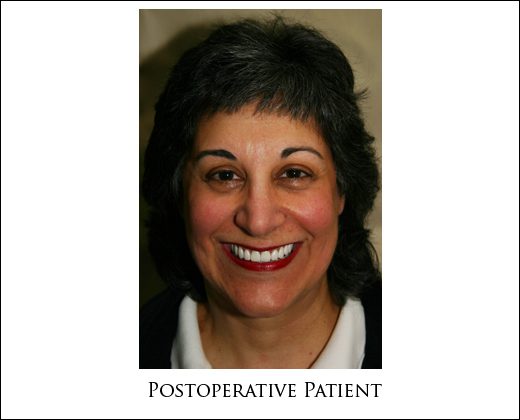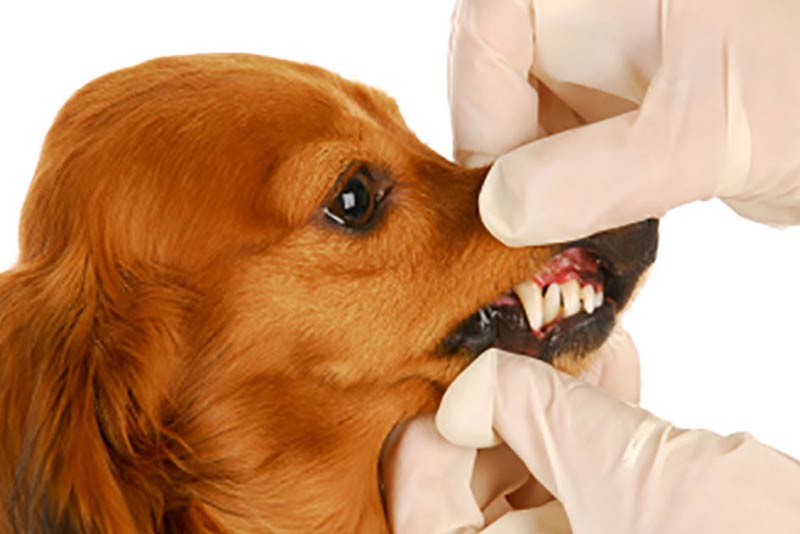Dental Partial Repair Guide: Restore Smile Today

Restoring a beautiful smile can greatly impact an individual’s confidence and overall quality of life. For those dealing with missing teeth, dental partials offer a viable solution. However, like any dental appliance, partials can sometimes require repair. Whether due to accidental damage, wear and tear, or other factors, knowing how to address issues with your dental partial can save you time, money, and discomfort. This comprehensive guide is designed to walk you through the process of repairing your dental partial, ensuring you can restore your smile to its former glory.
Understanding Dental Partials
Before diving into the repair process, it’s essential to understand what dental partials are and how they function. Dental partials, or partial dentures, are custom-made dental appliances used to replace one or more missing teeth in the upper or lower jaw. They are designed to be removable, making cleaning and maintenance easier. Partial dentures can be made from various materials, including acrylic, metal, or a combination of both, and are tailored to fit snugly around existing teeth, providing support and restoring chewing function.
Common Issues with Dental Partials
While dental partials are durable, they can face several common issues that may necessitate repair. These include:
- Cracked or Broken Teeth: The artificial teeth on your partial can crack or break due to accidental drops, chewing on hard foods, or other forms of trauma.
- Loose Fit: Over time, your mouth’s shape can change due to tooth movement, bone resorption, or gum recession, causing your partial to fit less securely.
- Metal Framework Damage: The metal clips or framework that hold your partial in place can bend or break, affecting the stability and comfort of the appliance.
- Acrylic Base Crack: The acrylic part of your partial can crack, which may compromise the structural integrity of the entire appliance.
DIY vs. Professional Repair
While it might be tempting to attempt a DIY repair to save time and money, it’s generally not recommended. Professional dentists or dental technicians have the training, experience, and equipment to assess the issue accurately and perform the necessary repairs without causing further damage to your partial or compromising your oral health.
However, there are temporary measures you can take if you’re unable to visit a dentist immediately. For instance, if your partial is loose due to a missing or damaged clamp, you can use a denture adhesive to secure it temporarily. For more severe issues like cracks or breaks, it’s advisable to avoid using the partial until it can be professionally repaired to prevent further damage or potential injury to your mouth.
The Repair Process
The process of repairing a dental partial typically involves several steps:
- Assessment: Your dentist will evaluate the condition of your partial to determine the extent of the damage and the best course of action for repair.
- Cleaning and Preparation: The damaged area will be cleaned and prepared for the repair. This may involve removing any debris or old material that could interfere with the repair process.
- Repair Techniques: Depending on the nature of the damage, various techniques may be employed. For instance, cracked teeth can often be repaired with dental bonding, while a damaged metal framework might require reshaping or replacing.
- Fitting and Adjustment: Once the repair is completed, the partial will be refitted to ensure a comfortable and secure fit. Adjustments may be necessary to achieve the perfect fit and to ensure that the partial functions as intended.
Preventive Care
Preventing issues with your dental partial can save you a significant amount of time and discomfort. Here are some tips for maintaining your partial:
- Regular Cleaning: Clean your partial daily as instructed by your dentist. This usually involves soaking it in a denture cleaning solution and gently brushing it with a soft-bristled toothbrush.
- Avoid Biting or Chewing Hard Foods: Hard foods can damage the artificial teeth or the framework of your partial. It’s best to cut your food into smaller, more manageable pieces.
- Store Properly: When not in use, store your partial in water or a denture soaking solution to prevent it from drying out.
Conclusion
Dental partial repair is a common procedure that can address a variety of issues, from minor adjustments to more significant repairs. By understanding the common problems that can arise with dental partials and knowing how to address them, you can enjoy a healthy, functional smile for years to come. Remember, while temporary fixes might be available, consulting a professional dentist is always the best course of action to ensure your partial is repaired correctly and safely.
How long does a dental partial repair typically take?
+The time required for a dental partial repair can vary depending on the complexity of the issue. Simple repairs might be completed in a single visit, while more complex problems could require multiple appointments and several days to complete.
Can I repair my dental partial myself?
+While it’s possible to find DIY repair kits for dental partials, it’s not recommended. Professional repair by a dentist or dental technician ensures that the work is done correctly, safely, and with materials that are designed to last and match the rest of your dental work.
How much does a dental partial repair cost?
+The cost of repairing a dental partial can vary widely based on the type of repair needed, the materials used, and the dentist’s or dental technician’s fees. It’s best to consult with a professional for an accurate quote for your specific situation.
